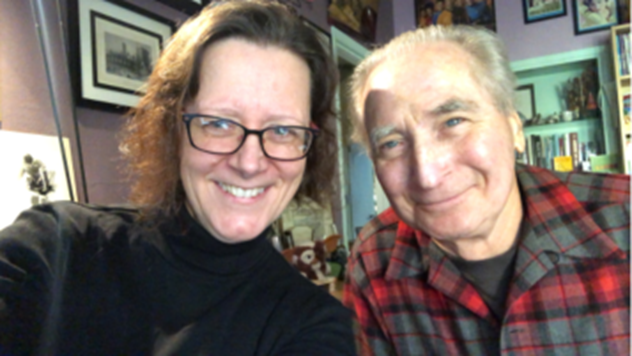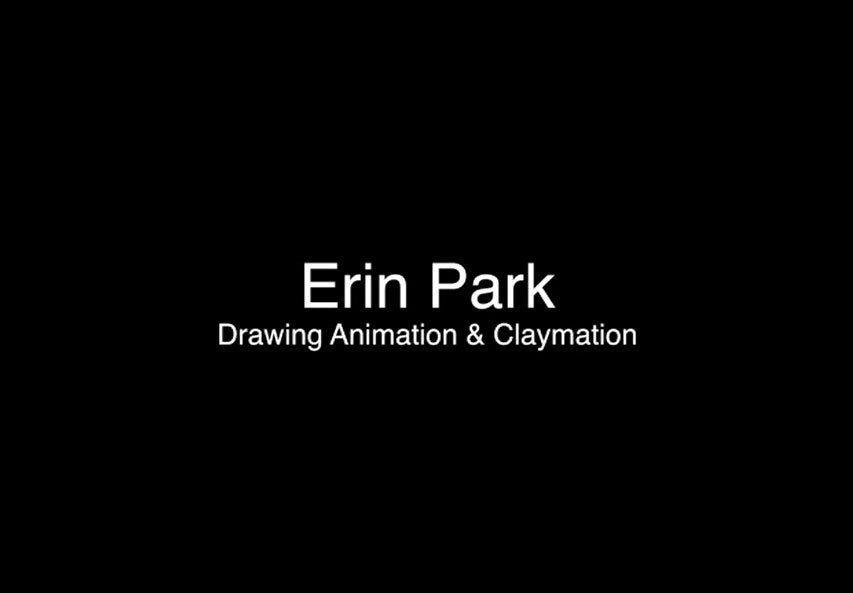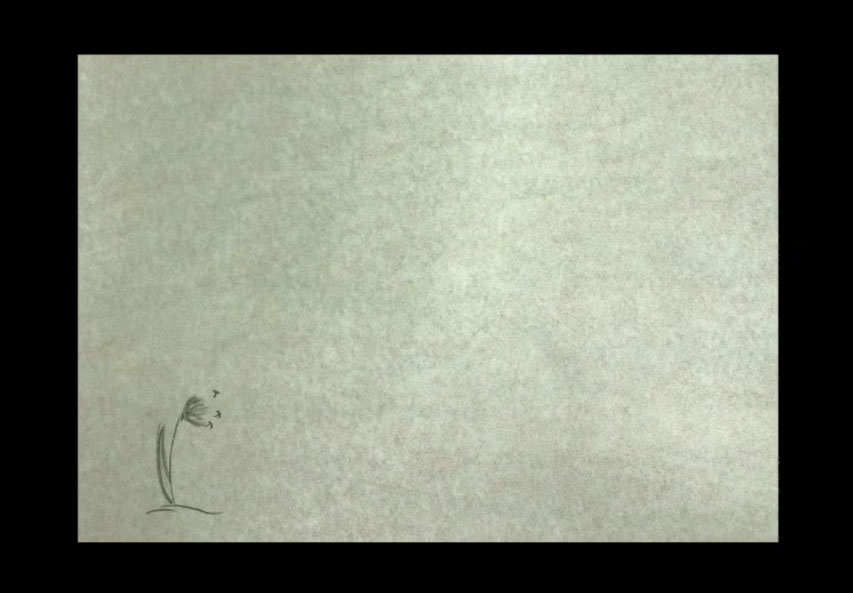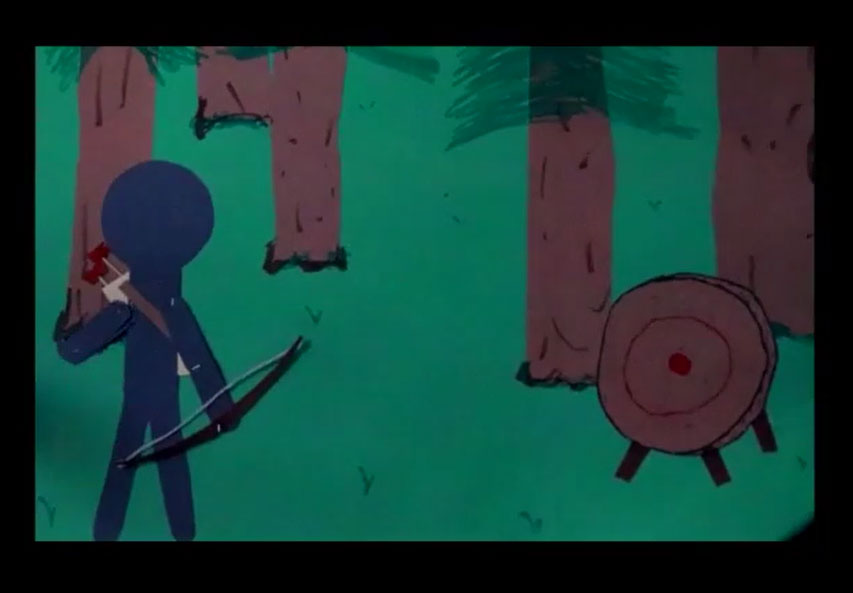Course Duration: 2/1-2/10 & 2/17-2/26
St. Mary's Online Academy (SMOA) is a global online learning platform offered by St. Mary's School, a renowned U.S. private preparatory school located in Medford, Oregon.
Our school started in 1865 in southern Oregon, located on the beautiful west coast of the United States of America. St. Mary's School has grown to provide an authentic American elementary, middle, and high school education to students in China, South Korea, Vietnam, and other parts of the world. Our integrated online courses are taught by an experienced American faculty whose skills and commitment are second to none.
We take pride in the program we deliver to your child! Courses are taught during normal school hours in Asian standard time. Online and offline learning networks are available to students.Live classroom and in-person, on-campus instruction is available.Students choose to attend online learning only or a combined offline/onsite learning environment. Students earn credits and receive transcripts and diplomas from St. Mary's School in Oregon.We offer a strong, professional and experienced bilingual tutoring team available to your student.One-to-one academic guidance and family education consultation is offered to all SMOA students and families. Our program provides a one-stop solution for students and parents interested in international education who want a full range of options and services.


Howard Lavick
Howard Lavick received a B.A. in Photojournalism from the University of Minnesota in 1968, after which he became a combat photographer from 1969-71. Lavick earned an MFA in Film production from the USC School of Cinema in 1977 and later worked in documentary films and as a producer/director for pay-cable television.
A documentary filmmaker and freelance television producer, Howard Lavick was hired in 1984 as a visiting full-time professor to teach editing and directing. In the 2000s, first as Dept. Chair, and then Director of the School, Lavick championed the building of the large, seamless green-screen backdrop on the TV soundstage and the introduction of professional-grade digital cameras and editing facilities for the students and faculty. He encouraged the growth and development of the Animation program into a separate major and he was instrumental in establishing the unique and successful SFTV semester abroad program in Bonn, Germany.
During his 30 years at LMU, Lavick was promoted administratively to guide the ever-growing department through its transformation into a popular and successful school within CFA and ultimately as the First Acting Dean of the stand-alone School of Film and Television in 2002; he continued to serve LMU and SFTV as a teacher, advisor and interim administrator until his retirement in 2015. He then moved with his wife Michaela to Medford, Oregon where he continues his documentary filmmaking and teaches film classes part-time at St. Mary’s School and as an adjunct professor for Digital Cinema at Southern Oregon University.
Michaela Lavick
With a Master’s Degree in Literatures, Languages (German, English, Japanese), Cultural and Media Studies from the Rheinische-Friedrich-Wilhelms Universität-Bonn, Germany, and Professional Development Certificates in Teaching and Psychology from Loyola Marymount
University, Michaela Lavick has covered many aspects of education, from teaching and advising, to management administration. Additionally, professional hands-on experience in photography,animation, and film has broadened further her spectrum of knowledge and skill, so that due to her versatility she has been teaching cultural studies, rhetorical arts, history, literature, film and media classes over the past 25 years, first at Bonn University (Germany), then at Loyola Marymount University (Los Angeles, USA). In 2014 Michaela Lavick joined St. Mary’s School in Medford, OR in order to create a film program within the school to teach Film, Photography, and Media related courses, as well as instruct German Language and lecture AP Psychology. Now, in her 7th year St. Mary’s School has a fine film program which offers a variety of classes from introductory filmmaking to animation workshops, to photography to more advanced film-festival worthy and winning short film production courses - the latter one in conjunction with the local Ashland Independent Film Festival. Mr. and Mrs. Lavick team-teach passing on both of their expertise with the students. They are always delighted to share their passion for filmmaking with students and they are excited to provide quality instruction to budding young filmmakers, to learn the ins-and-outs of the trade, and create their own little productions with a professional look.
Objectives:
Acquire basic knowledge of the process of traditional animation production.
Demonstrate some facility or mastery of that process by producing animated artifacts.
Acquire basic familiarity with the complete animation process from concept to completion.
Explore some of the fundamental components of animation: Storytelling/conceptualization, drawing, layout, storyboarding, layout, backgrounds, camera operation.
Create a short animated sequence.
Content Elements:
Intro: Animation is ….?
Before Disney after Pixar
Thaumatrope, phenakisticope, zoetrope (pre-animation)
Flip book
Storyboard: the essential comic story (conceptualization to motion)
Other types of animation: stop motion, claymation, CGI etc.
Project summary(depending on complexity of the projects more or less projects will be produced)
- Flip book “your first choice”
Or
- Storyboard (four panels, that then are being animated)
One of the following
- Various motion projects object, sequences up to 360 frames/15 seconds
- bouncing ball (easy)
- walk cycle (moderate difficulty level)
- swaying leaf (moderate difficulty level)
Facial expression(up to 720 frames/30 seconds - high difficulty level)
- Final project (incl. computer generated)
- Final project (btw. 360 up to 1800 frames/15 seconds - 1 minute)
The content, form, structure, and style of your final project are entirely the choice of you, the filmmaker! The focus of your work is on the creation of motion, and that your project has to be shot frame by frame, and then put together as a film. Your sequential photographing of the finished drawings needs to be scheduled (as we only have three cameras to work with). So in your final project, make sure you allow for the time needed to photography 360 pages … 720 pages… 1800 pages. IT WILL TAKE TIME.
Tracing Paper (see-through paper for better drawing)
Drawing pencil set, pink or kneaded eraser, straight edged ruler
iPhone, iPad or similar devices that can take photos and allow you to edit your drawings Recommended Materials
Color pencils or paints/brushes (for more elaborate projects)
Animation light board/tracing box (LED) or light box
12 Field Chart
DSLR camera
Art folder (box), to collect sketches and drawings for 8x10 paper

Gabi with sound

Erin final cut

Lucas and Gabe Project 1 Finished